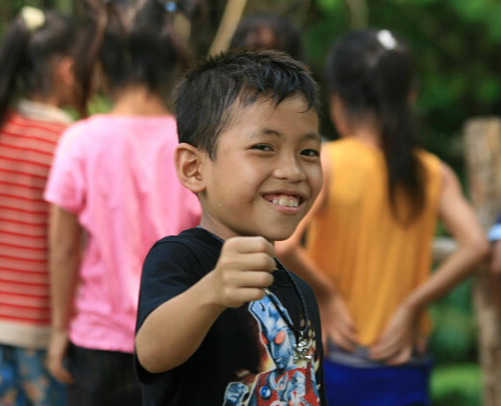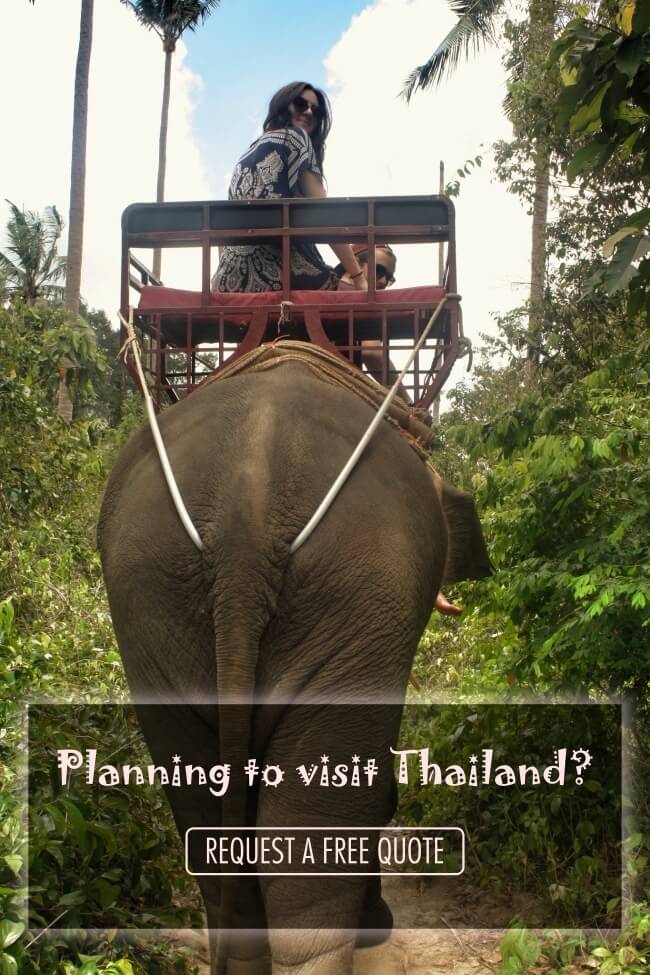The city of Mae Hong Son is located in one of the most beautiful provinces in Thailand, a rugged northern area where you'll find a blend of Thai and Burmese culture and some of the most stunning landscapes you'll see in the country. Mae Hong Son township is known for its dense forests and mist-shrouded valley and lies in the mountainous border region between Thailand and Burma.
For some inspiration and ideas on what to do once you get here, see our list of top tourist attractions in Mae Hong Son.
1. Wat Phra That Doi Kong Mu
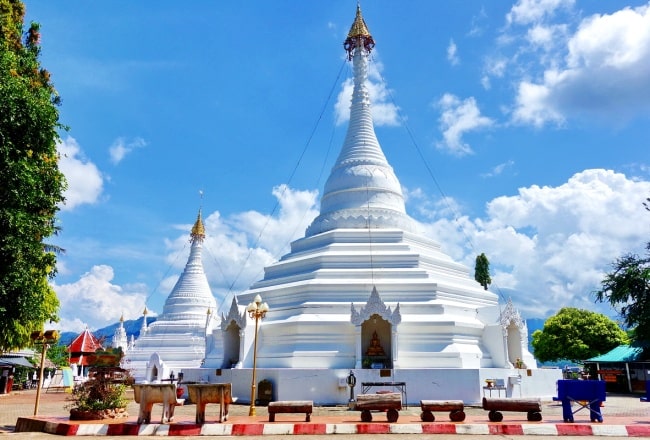
Make the half-hour trek to the top of Doi Kong Mu hill through dense forest, and you'll find this unique temple with two white chedis plus some of the best views of Mae Hong Son you can find anywhere. Two enormous Burmese-style lion statues greet you at the foot of the overgrown staircase to the top.
The chedis—which date back to the 1800s and are topped by golden spires—hold the ashes of one of the chief disciples of the Buddha, as well as the ashes of the governor who ordered the construction of the temple. The chedis are "guarded" by Naga, a mythological snake and a lion-like creature called a Chinthe. At night, the chedis are lit and can be seen from the town.
2. Buat Luk Khaeo Festival
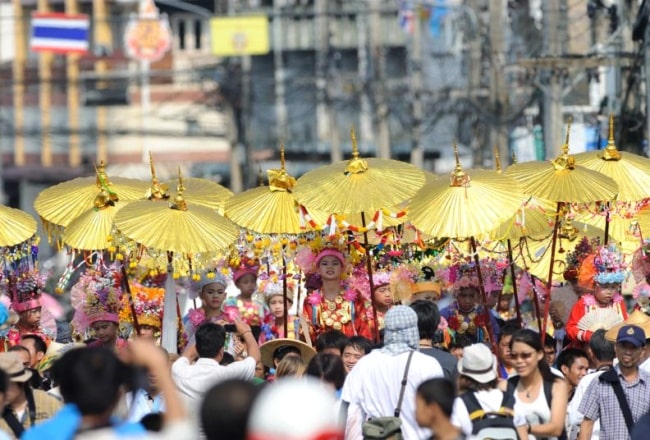
This festival, held once a year, honors young boys between the ages of 10 and 13 who are ordained as novice monks. Mae Hong Son is the place to see this celebration, as it is more colorful here than anywhere else in the country. The three-day festival is held at the beginning of April each year (perfect timing if you plan to stick around for Songkran, the Buddhist New Year).
The novices, known as nakh, participate in several activities throughout the festival, including having their heads shaved and receiving saffron monk habits. The most entertaining event for tourists is the first-day procession, when the boys wear elaborate costumes and are lifted up on adults' shoulders to be led to the temple with music and great fanfare.
3. Burmese Temples
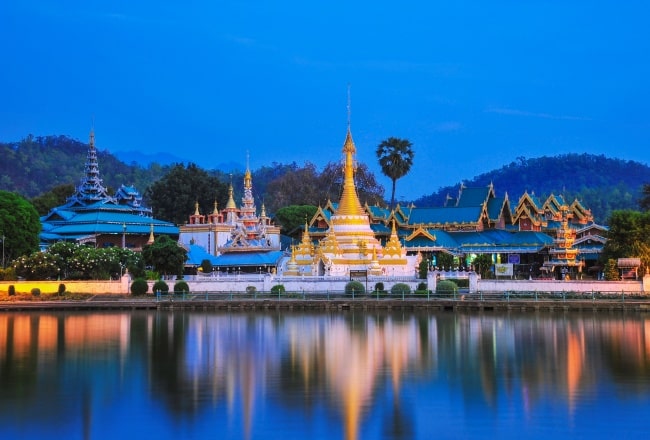
Standing next to each other by a little lake in the southern part of town, Wat Chong Kham and Wat Chong Klang are Burmese-style temples. Especially notable for tourists is the Wat Chong Klang wiharn, which holds over 30 statues brought to Thailand from Burma around 1860.
The temples are surrounded by a park used by the locals for recreation. There's also an outdoor market here, where temple visitors can buy hill tribe handicrafts, traditional sweet snacks, and textiles.
4. Pai
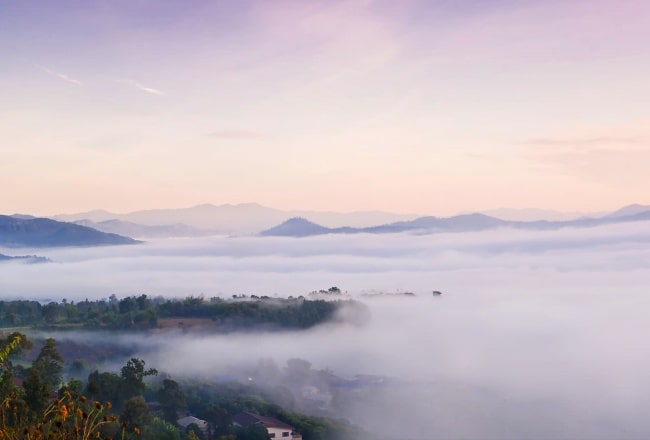
This small town near Mae Hong Son is loved by both locals and tourists for its slow pace and beautiful natural surroundings. There's no shortage of guesthouses and quaint eateries, not to mention bungalows occupied by long-haired hippie wannabes strumming guitars and lazing in hammocks.
Nearby tourist attractions include a waterfall, the Pai canyon, and a chance to go tubing down the Pai River. Located about 3.5 hours from Chiang Mai, Pai is easily accessible by minivan, motorbike, or a short flight.
5. Mae Sariang
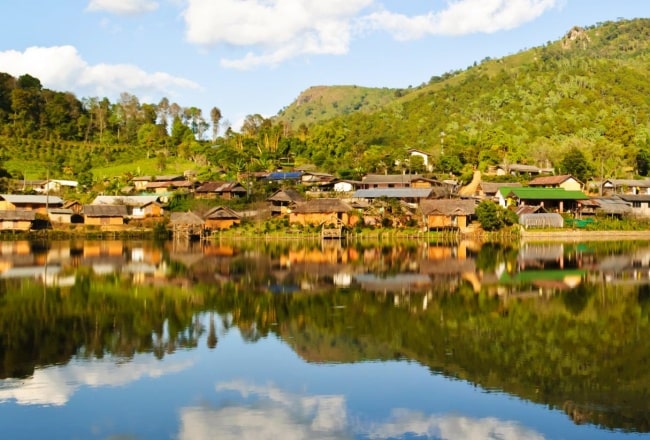
Pai may be a favorite destination among backpackers on a soul-seeking experience, but Mae Sariang holds its own charm for those willing to get a bit off the beaten path. Smaller and lacking Pai's notoriety, Mae Sariang promises quiet authenticity—an opportunity for a true northern Thai experience.
Here, you can trek to local hill tribes, bike through the town, purchase local handicrafts, and visit many temples. Being one of the few foreigners in the area will give you a different perspective on life in rural Thailand.
Mae Sariang is about three hours south of Mae Hong Son city, so either leave early in the morning for a long day trip or plan on spending a night somewhere along the way.
6. Mae Hong Son Loop
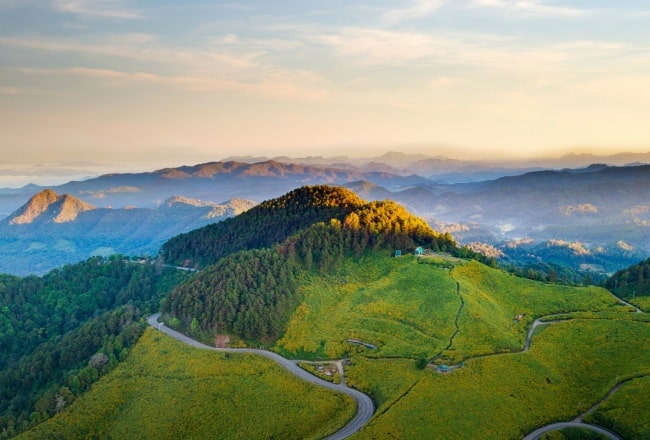
You can take in all the sightseeing highlights of the province by following the popular Mae Hong Son Loop route. Many travelers rent a motorbike and spend a few days riding through mountains and countryside, with stops at waterfalls and small towns along the way. The loop includes Doi Inthanon, the highest peak in the country, as well as Mae Hong Son town, Mae Sariang, Pai, and Chiang Mai (typically the starting point).
Allow several days to enjoy the sights, stop for food, and photo ops along the way, and to relax as well—many of the small villages offer homestays or guesthouses for a simple but satisfying night of rest.
7. Padong
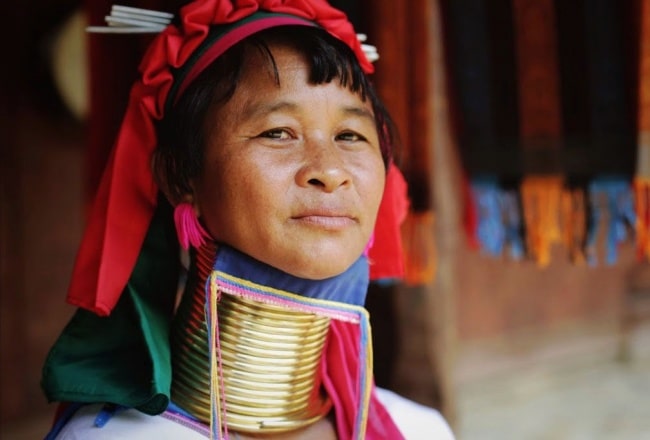
About 1.5 hours from Mae Hong Son town, you can visit the Padong Longneck Village, where members of a local hill tribe still stretch their necks with golden rings. Girls begin wearing the rings at age four and more are added until they turn 25. Tourists pay a fee to enter the village, and often to take photographs as well.
There are many tour options for visiting the local ethnic minority communities, known as hill tribes—but all are not created equal. Tour companies, looking to make money off unique lifestyles and traditions, often exploit groups. These communities are fascinating, but make sure to research companies and packages before you purchase.
Many local resorts will offer personalized tour opportunities, or you can do a homestay in a village rather than popping in for a photoshoot while on a bus tour around the region.
8. Mae Aw
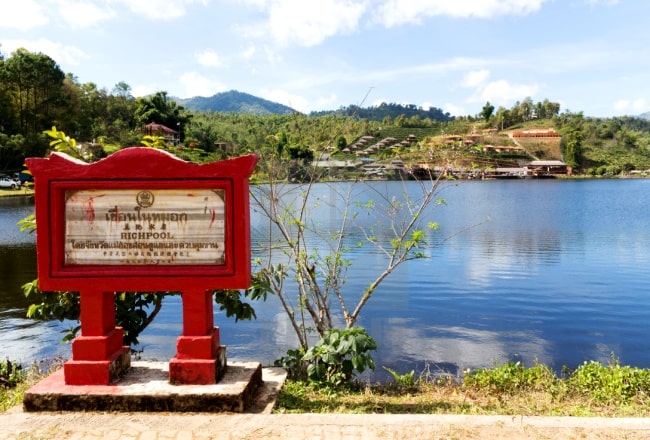
Much is made of Thailand's proximity to Burma, and rightly so, as many Burmese live in Thailand as migrant workers and refugees. But China also sits in close proximity to both countries and Mae Aw (also known as Ban Rak Thai) stands as a testament to that nation's history.
Mae Aw, about 20 kilometers northwest of Mae Hong Son, is home to mostly Chinese immigrants. The Chinese who live here are the direct descendants of General Chiang Kai-shek's Nationalist troops who, after losing the war against Communist China, fled to Burma and then Thailand rather than following their leader to Formosa (now Taiwan). Many of the men work for the Thai police or as guards and officials along the Thai-Burmese border.
9. Shan Villages
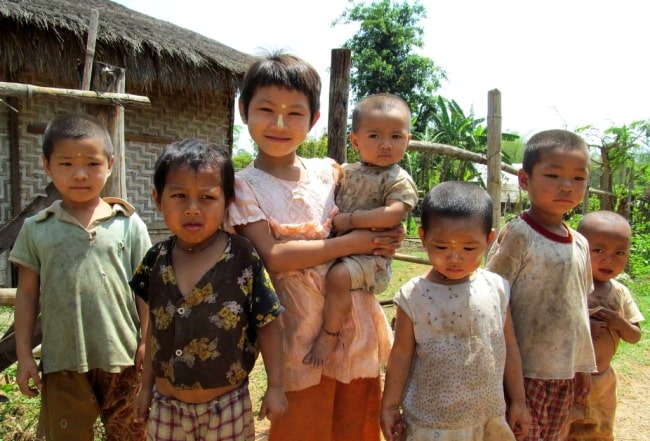
The Shan people have fought both the Burmese and Thai government for decades, and ongoing violence and upheaval often force refugees across the border. The Shan state lies just across the border from Thailand, and, as a result, there is a good deal of Shan influence in some Mae Hong Son areas.
If you're interested in visiting a Shan village, one of your best options is to hire a local guide who knows the area. You can also find your own way to the Mae Lana village near Soppong—surrounded by rice paddy fields, this small village does not receive much commercial tourism, so you'll have a better chance of seeing authentic local customs and maybe even catch a Buddhist ceremony at the temple.
10. Fish Cave
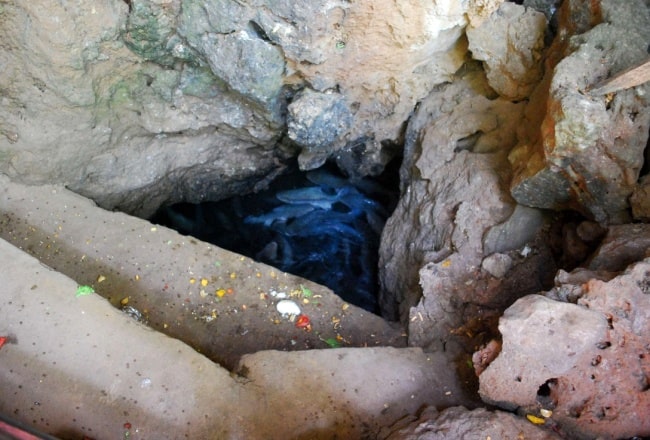
Known as Tharn Pla in Thai, this popular tourist destination is exactly what it sounds like: a pool fed by a small river that is home to an array of exotic fish you can feed, a short hiking trail, and a number of food stalls.
Located about 17 kilometers from Mae Hong just off a highway, this place can be hard to find but worth the effort if you're after a relaxing couple of hours in a cool shady park by the water.
Despite the name, there's no cave here but instead a jungly hill surrounding the stream where the giant fish live—and giant they are, with some of the blueish brook carp reaching one meter long.
11. Tham Lot Cave
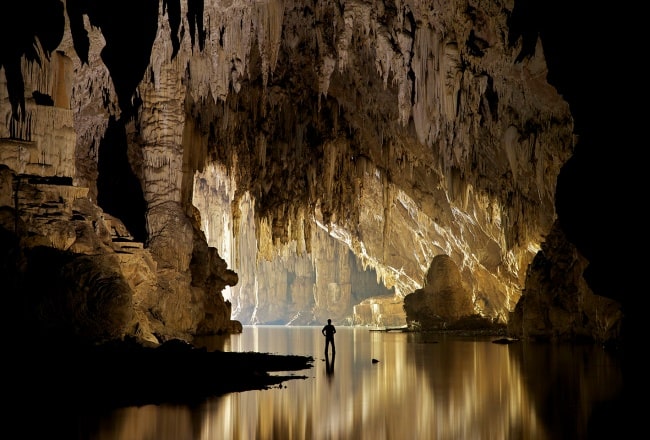
Thailand's biggest cave is over 1,600 meters long and is home to huge chambers, plenty of stalactites, and even signs of prehistoric life. When archeologists first explored this cave in the 1960s, they discovered not only pottery but also teak coffins—left behind by the ancient Lawa tribe that once inhabited the cave.
You can explore the cave on foot if you hire a local guide, or you can get on a bamboo raft that will follow the Nam Lang River, which flows through the cave.
The cave is inhabited by bats and swifts, a perfect combination for an impressive sunset show— as the sun starts to set, the swifts return to the cave for the night, followed by the colony of bats exiting on their own dance across the sky.
12. Pang Tong Royal Development Project
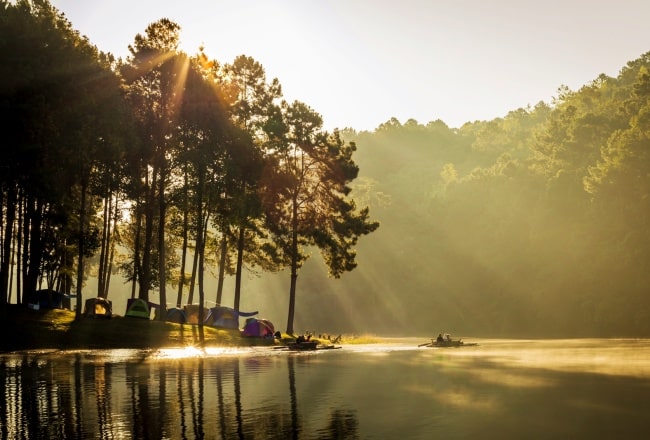
This special protected park on the banks of the Huai Pang Tong Reservoir is not only a beautiful natural area, but also a community where hill tribes live and grow a number of plants, including avocados and Chinese pears. The cool climate here is also ideal to grow roses and hydrangea, which many locals do to sell at the markets.
The land surrounding the lake is covered in soft rolling hills and evergreen forests, perfect for hiking, relaxing in the shade, or picnicking. Visitors can also get on a raft for a sightseeing tour or interact with the park rangers to find out more about the endangered Laew, a small green frog that calls this area home.
13. Namtok Mae Surin National Park
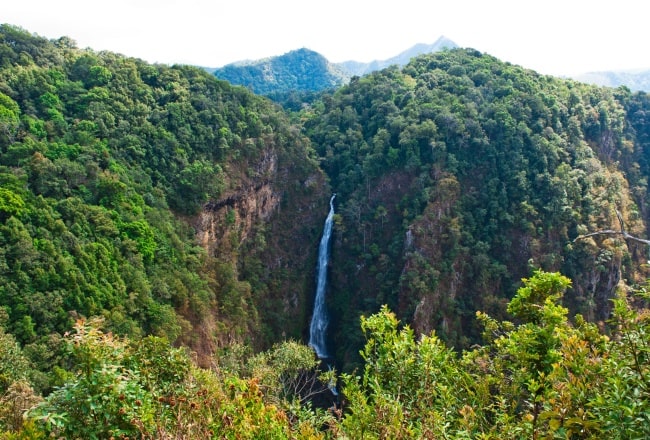
Located very close to Mae Hong Son town, this 399-square-kilometer park is home to waterfalls, caves, and the Doi Pui mountain, which reaches 1700 meters at the peak.
The park's main waterfall is Mae Surin Falls, one of the tallest in the country at over 100 meters high. During the dry season (November to February), you can hike to the bottom of the falls, but this gets trickier and more dangerous as the monsoon rains arrive. You can see the waterfall from the parking lot of the park at any time, though—so you can always get a good picture even if a hike is not on the cards.
The Pai River, which runs through the park, is a good place for rafting—and visitors can even camp on the shore.















